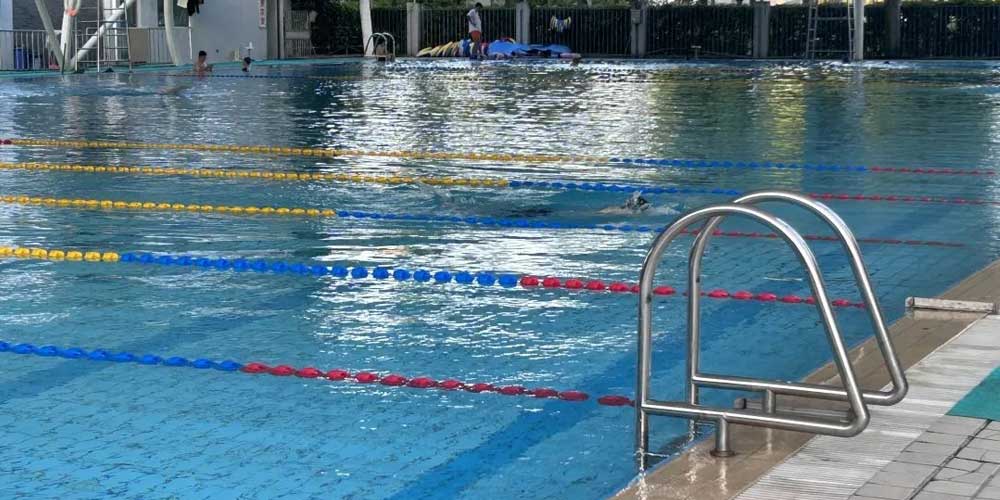The two key issues in pool maintenance are disinfection and filtration. We will introduce them one by one below.
About disinfection:
For beginners, chlorine is the best option for disinfection. Chlorine disinfection is relatively simple. Most pool owners employed chlorine to disinfect their pool and have a lot of experience accumulated. If you have trouble, it is easy to find someone to consult questions about chlorine.
Commonly used flocculants include sodium dichloroisocyanurate (SDIC, NaDCC), trichloroisocyanuric acid (TCCA), calcium hypochlorite and bleaching water. For beginners, SDIC and TCCA are the best choice: easy to use and safe to store.
Three concepts you need to understand before using chlorine: Free chlorine included hypochlorous acid and hypochlorite that can effectivly kill bacteria. Combined chlorine is chlorine combined with nitrogen and cannot kill bacteria. What’s more, Combined chlorine has a strong smell that can irritate swimmers’ respiratory tracts and even trigger asthma. The sum of free chlorine and combined chlorine is called total chlorine.
A pool maintainer must keep the free chlorine level in the range between 1 to 4 mg/L and the combined chlorine close to zero.
Chlorine levels change quickly with new swimmers and sunlight, so it must be checked frequently, no less than twice a day. DPD can be used to determine residual chlorine and total chlorine separately through different steps. Please strictly follow the instructions for use when testing to avoid errors.
For outdoor pools, cyanuric acid is important to protect chlorine from sunshine. If you choose calcium hypochlorite and bleaching water, do not forget to add extra cyanuric acid into your swimming pool to raise its level into the range between 20 to 100 mg/L.
About filtration:
Use flocculant with filters to keep the water clear. Commonly used flocculants include aluminum sulfate, polyaluminum chloride, pool gel and Blue Clear Clarifier. They each have their own advantages and disadvantages, please refer to the manufacturer’s instructions for use.
The most common filtration devices is the sand filter. Remember to check the reading of its pressure gauge weekly. If the reading is too high, backwash your sand filter according to manufacturer’s manual.
The cartridge filter is more suitable for small swimming pools. If you find that the filtration efficiency decreased, you need to take out the cartridge and clean it. The easiest way to clean is to flush it with water at a 45-degree angle, but this flushing will not remove algae and oil. To remove algae and oil stains, you should soak the cartridge with a specialized cleaner or 1:5 dilute hydrochloric acid (if the manufacturer agrees) for one hour, and then rinse it thoroughly with running water. Avoid using high-pressure water flow to clean the filter, it will damage the filter. Avoid using bleaching water to clean the filter. Although bleaching water is very effective, it will shorten the life of the cartridge.
The sand in the sand filter should be replaced every 5-7 years and the cartridge of the cartridge filter should be replaced every 1-2 years.
Generally speaking, effective disinfection and filtration are enough to keep pool water sparkling clear and protect swimmers from the risk of contracting illness. For more questions, you can try to find answers on our website. Have a nice summer!
Post time: Aug-02-2024

